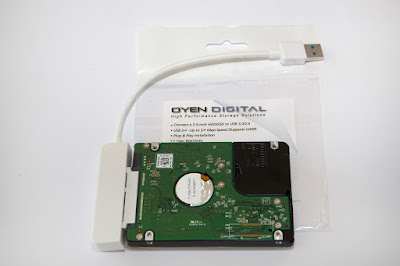I have just finished creating a new class called Photo Fine Art Projects.
Most of my photo students admit to not doing much with their pictures other than 'a bit of Photoshop', maybe 'a few uploads to social media sites' and perhaps a few even get to print an actual photo book. Essentially the prognosis for the life of their saved images is not good.
I'm a great fan of printing - it's one of the best ways to profile your work, to see if your digital camera is as good as the specifications claim and what''s more, displaying your work, in any format, is what photography is really all about.
No point fiddling with the pictures, then consigning them to a hard drive somewhere in the recesses of your computer system. There are so many great things you can do with them - and that's what this class is all about.
Here's an excerpt from the first lesson:
"In this class I really want to encourage students to 'have a go' at doing something completely different with their photos - certainly not just 'another bit of Photoshop then consign them to a hard drive to be forgotten forever...' type of activity, something that I suspect many of us do as a matter of habit.
I have been a huge fan of printing for years simply because this is the perfect way to show off your work - a coffee table book crammed with beautiful images not only looks great, but it's also one of the best ways of preserving your work - books don't get viruses or accidentally deleted.
But there's a lot more to the photographic craft than bookmaking. It's a great place to start but there's a massive range of other projects you can get involved with that both highlight your creativity, while freeing you up from the usual limitations of digital photography.
Here are just a few examples of what to expect in this class..."
 |
| Different MediaPrinting on canvas not only lends a strong painterly feel to the finished product but it also looks fabulous on any wall in your home... |
 |
| Sumptuous WatercolourThere are many simple-to-us specialist art applications that do an amazing job of converting a regular digital image into a painted masterpiece. |
 |
| LayersAnother technique I love doing is putting similar images together into a three-image tryptich. Use this to tell more of a visual story... |
 |
| Mirrored ImagesImage design also plays a big part of this class. Using your pictures to create something that's based more on fantasy rather than on always trying to create a realistic-looking result... |
 |
| kaleidoscope picture effectsOne of my favourite graphic tricks is to copy and paste one (strong) image, usually architectural, back into itself several times, then rearranging and resizing the layers to give this type of eye-popping visual effect. |
 |
| A photo? Or a painting? A gorgeous contre-jour image taken to a different level using one of the best fine art applications: Dynamic Auto Painter |
 |
| Use special effects filters and painting processes to create graphic images such as this in a matter of a few minutes, simply and easily... |
 |
| Using a found object, a leaf from the garden. I made this leaf propeller graphic by copying and pasting the same layer again and again, and rotating it each time to make the circular design. |
 |
| Cut and PasteA very simple arrangement: three leaves picked up in the park, copied with a camera, selected and pasted into a white background to make this attractive tryptich effect. |
 |
| Something from nothingIn an entirely different direction, you'll also learn how to montage completely
different image elements together to create a photographic illustration
like this; a recreation of an early traveller's diary and various collected objects. |







